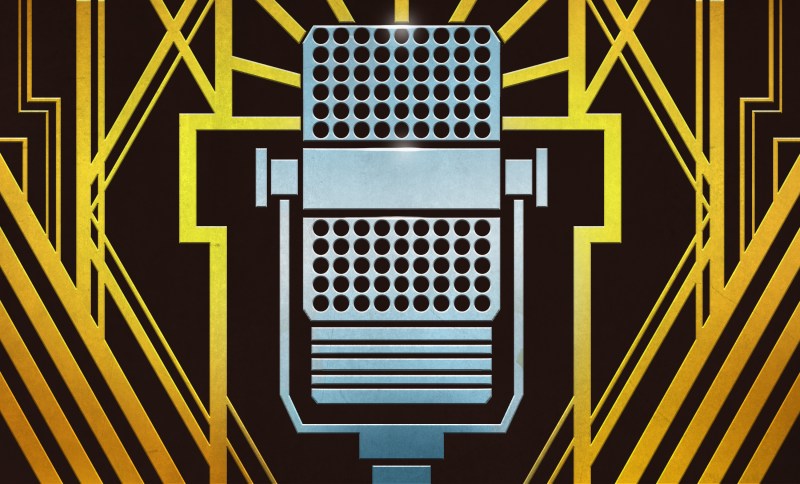Hackaday editors Elliot Williams and Mike Szczys cover a great week of hardware hacking. We saw a fault-injection attack that used an electric flyswatter and hand-wound coil to twiddle bits inside of an AVR micro. Focus-stacking is what you want when using a microscope to image circuit boards and there’s a hack for the Eakins cameras that makes it automatic. In our “can’t miss articles” we riff on how to cool off cities in a warming climate, and then gaze with quiet admiration at what the Unicode standard has accomplished. But when it comes to head-spinning hacks, you can’t beat the reverse-engineering efforts being shown off with the rack-mount box that made the Weather Channel awesome back in the 80’s and 90’s.
Take a look at the links below if you want to follow along, and as always, tell us what you think about this episode in the comments!
Direct download (~54 MB)
Places to follow Hackaday podcasts:
Episode 110 Show Notes:
New This Week:
- Rare Diode Threatens Coast Guard’s Arctic Ambitions
- Cricut Decides To Charge Rent For People To Fully Use The Cutting Machines They Already Own
Interesting Hacks of the Week:
- Hacking A Digital Microscope Camera For Fun And Automated PCB Inspection
- Reverse Engineering The Weather Channel’s Magic
- A Discrete Logic Word Clock
- DIY Telescope Courtesy Of IKEA
- Injecting Bugs With An Electric Flyswatter
- Bone Vibration Brings Typing Into VR
Quick Hacks:
- Elliot’s Picks
- Mike’s Picks:
















thanks for the mention, since the eakins camera is expensive, i’ve also been poking around at the “6-22mm Auto Focus Zoom Starlight 2MP 50/60fps IP Camera Module Sony IMX291 Hi3516A CCTV Security PCB Main Board SIP-E291AML-0622” which is based on the same Hi 65xx chipset, has autofocus you just to do your own lense setup+case
also the “SMTSEC HOT 5MP IP Camera Module SONY IMX178 Hi3516D Audio Low Light 0.001Lux CCTV Network ONVIF PCB IPC Board Camera SIP-E178D” where you can attach it to a Z axis as well as an XY, again same Hi 35xx sdk
these are basically whats in the eakins cameras, sensors vary. there is a plethora of these cameras on aliexpress etc.
currently i have the camera controlling a smoothieboard since its what i had lying about, but any serial/usb serial gcode type board will work.
Regarding the ASCII code: substituting letters in German or other languages that use umlauts results in gibberish. Take Finnish for example, which uses double vowels for a single sound, which includes vowels with umlauts.
Example: “mäenpää” – “hilltop” – “maeenpaeae”.
The double “ee” would have to be pronounced as one, and the “aeae” would be four individual sounds “a-e-a-e” to replace a single “ää” sound, which completely mangles the word to beyond any recognition. One of the things you learn when you get to know the language is, yes, the letters with umlauts do sound different, and they don’t just throw them around for fun.
I don’t know Swedish, but German does just fine with the ä ~ ae thing. That form actually predates the invention of the umlaut, around 500 AD, and it’s still used in official documents.
(Insert joke about slow-moving bureaucracy here.)
True story: we just registered for COVID vaccines this month, and the website required my wife to put in her last name with the “ue”. Does this mean that their backend can’t handle UTF-8, or are they just trying to cover all possible eventualities? Kids these days with their whizzbangs and their umlauts…